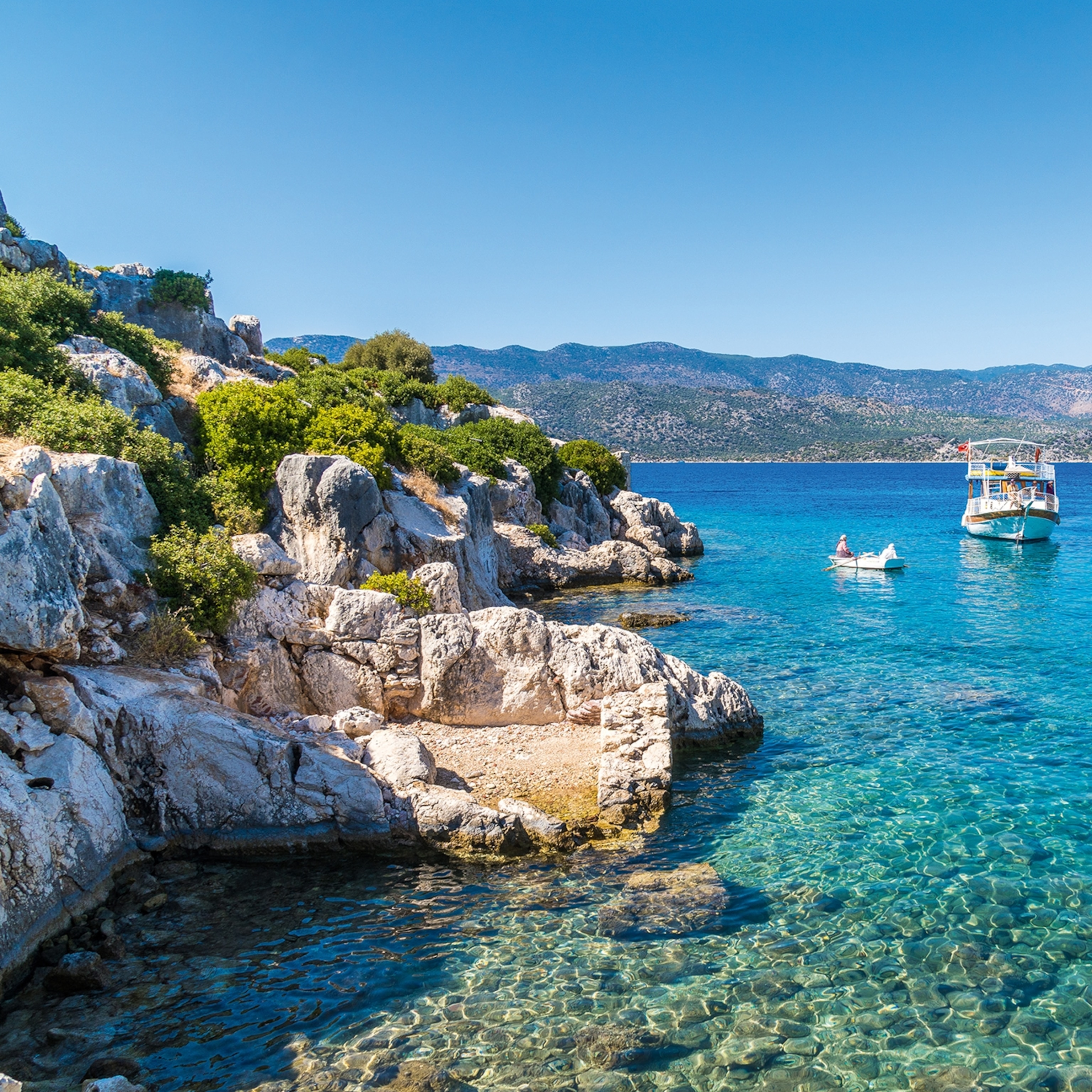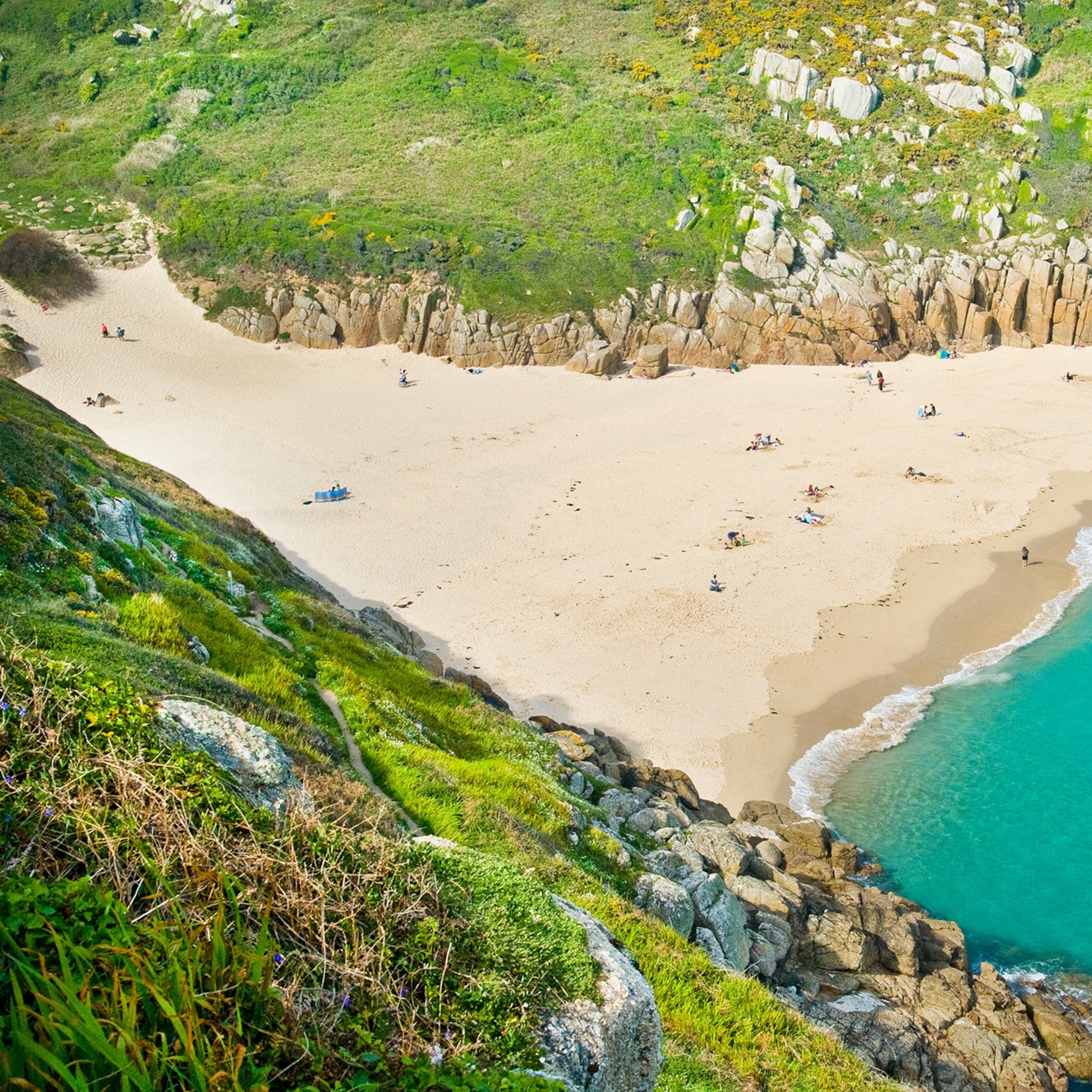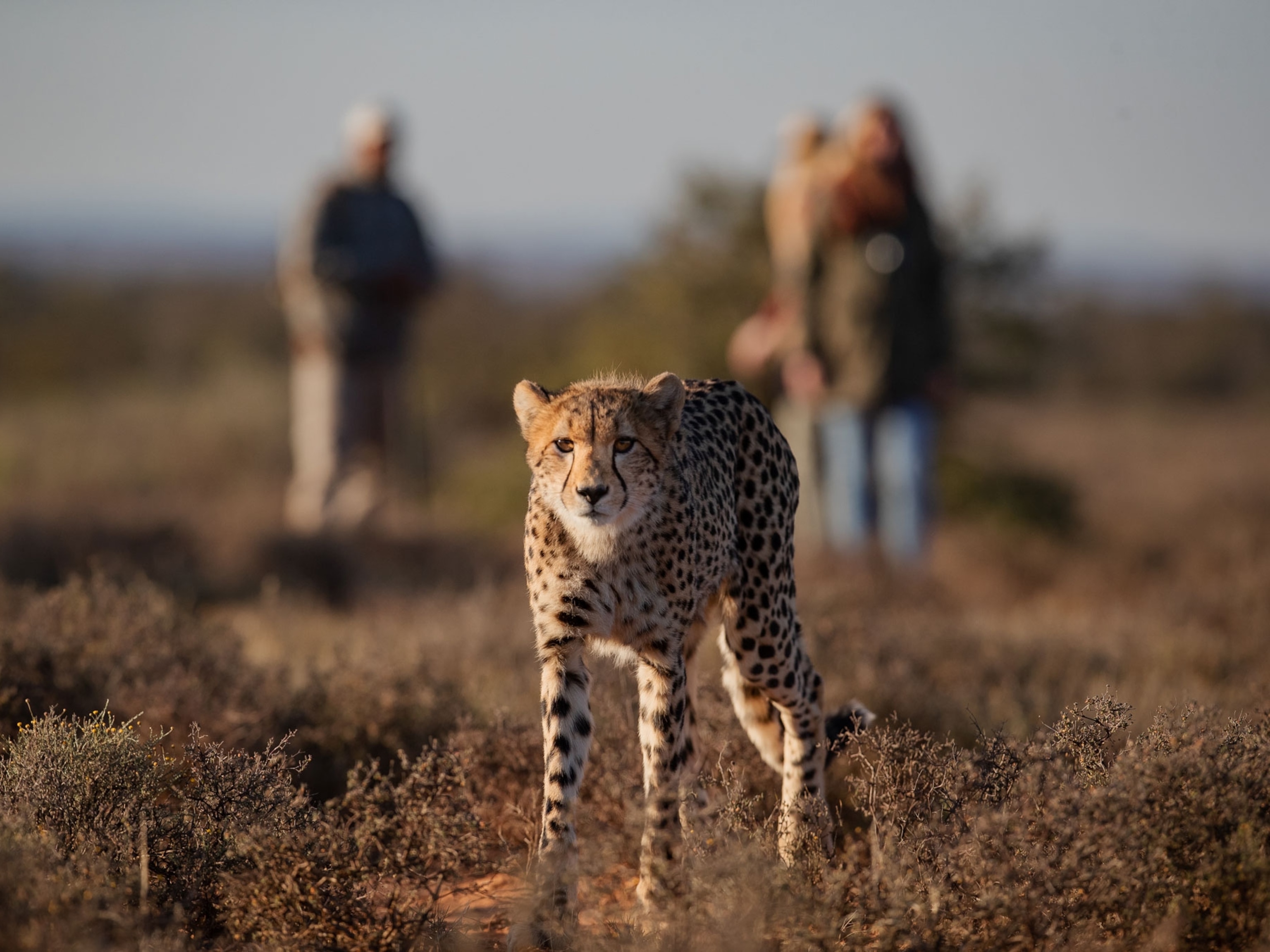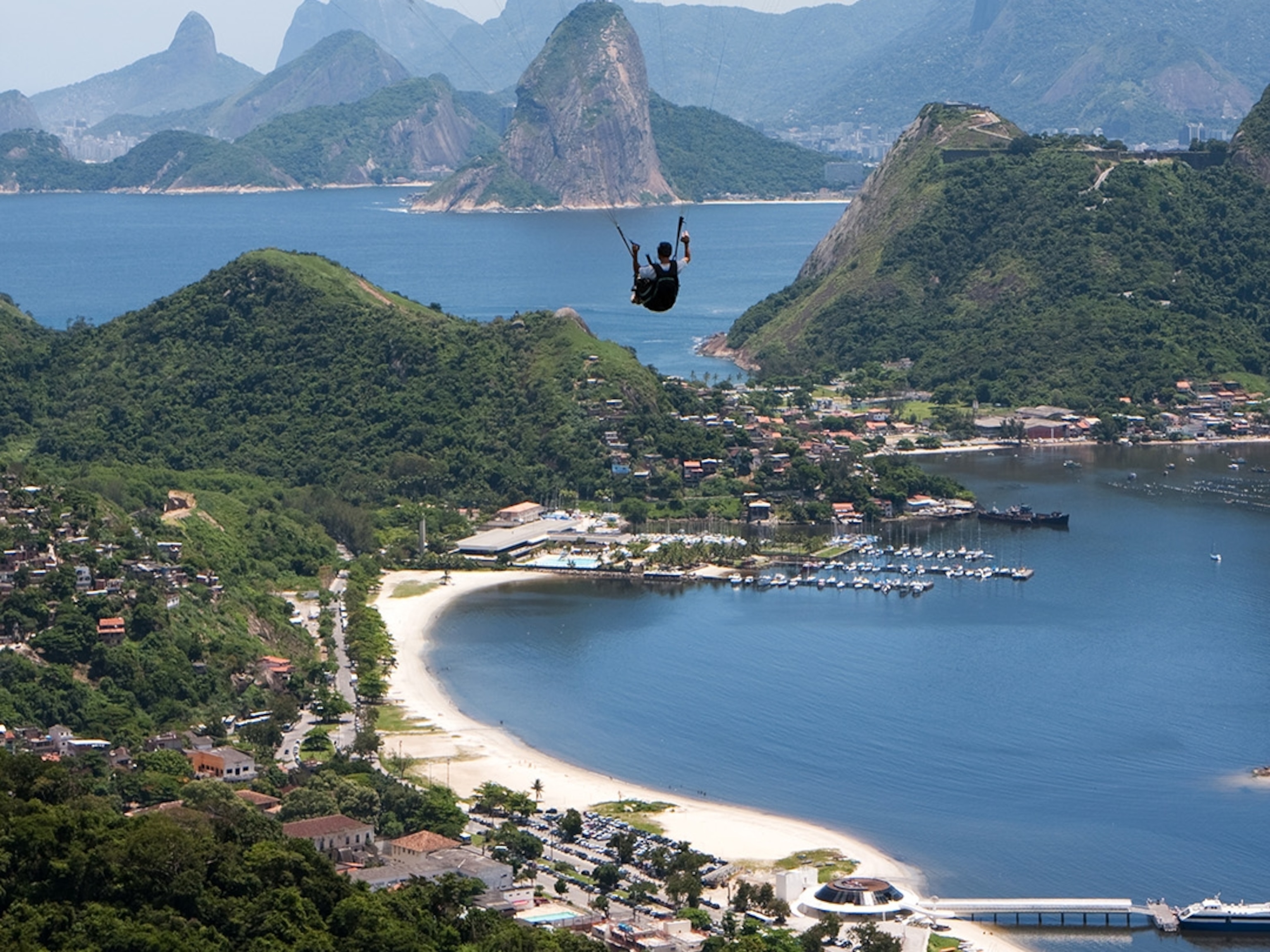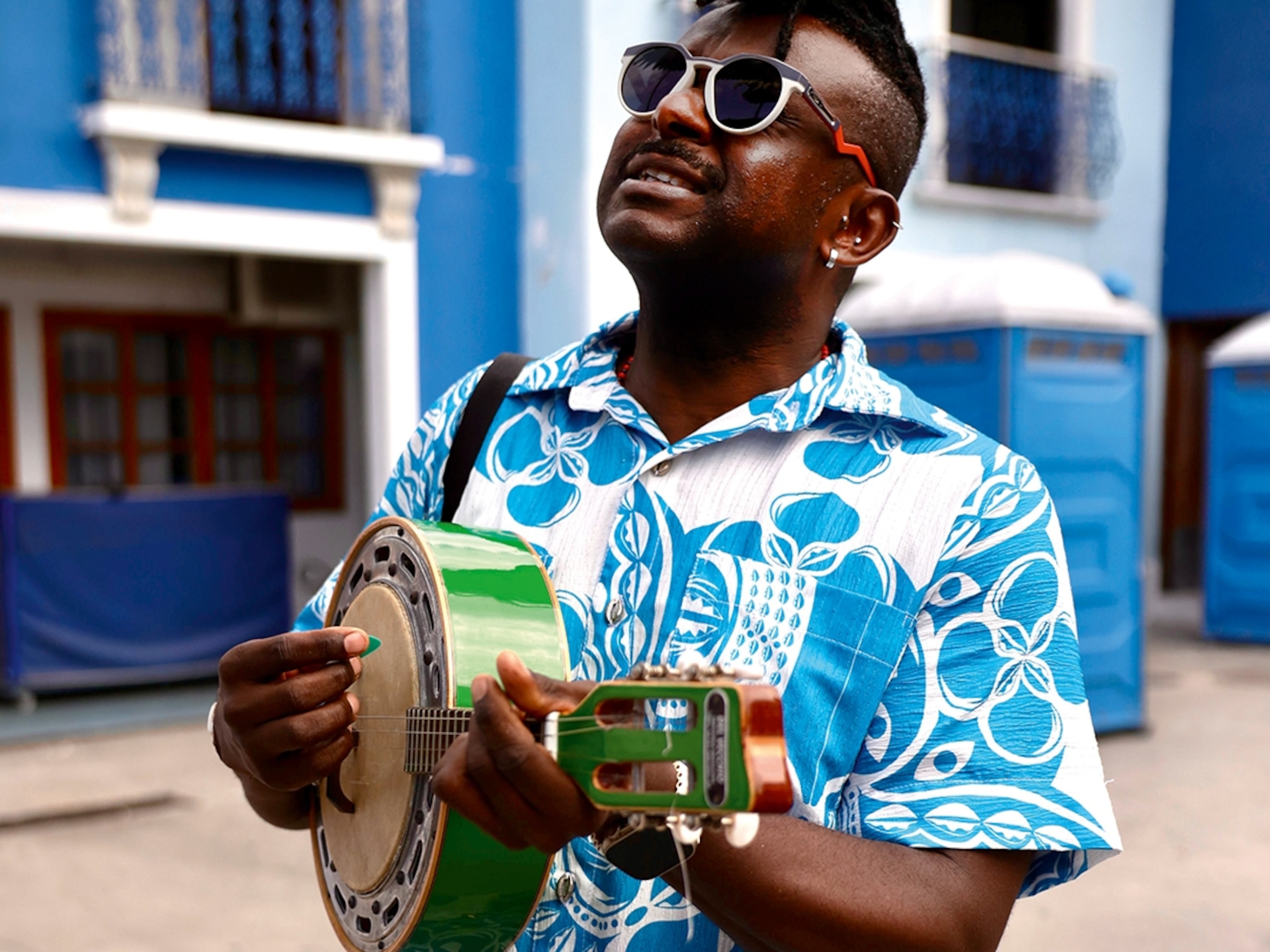
8 unmissable urban experiences in South Africa
South Africa’s epic safaris, vast national parks and iconic landmarks have long been etched on travelers’ to-do lists, but the nation’s cities are now some of the world’s hottest destinations, and it’s not just cosmopolitan Cape Town offering a genuinely rich and di-verse urban escape.
Johannesburg’s historic quarters and warehouses are being transformed into creative spaces, restaurants, distilleries and bars, making the capital of Gauteng province – and South Africa's biggest city – a sought-after place to live, work and play. Its township of Soweto, once home to former President, Nelson Mandela, is growing into a vibrant cultural hub and surprising adventure destination, while respecting its social and political roots.
In the coastal province of KwaZulu-Natal, the multi-cultural city of Durban draws travelers in with its beautiful Indian Ocean beaches, then lures them from their loungers with its exciting neighborhoods such as Morningside, where excellent eateries and bars blend local and international flavors with flair.
And beloved Cape Town, South Africa’s Mother City in the Western Cape, constantly inspires and evolves, reinventing districts like Woodstock into hipster hangouts, and wrapping thrill-seekers and sun worshippers; nature lovers and art fiends; wine aficionados and foodies in its long-reaching arms.
Add these eight experiences to your next South Africa itinerary for a trip full of rich, urban adventure…
1. Bring on the beach
Capetonians and Durbanites have some of South Africa’s best stretches of beach right on their doorsteps, and know just how to use them. So slip on your Plakkies – that’s Afrikaans slang for flip-flops - and join them on the powdery golden sands.
Lying on the Indian Ocean, the rolling waves and warm waters of Durban’s Golden Mile are perfect for learning to surf (book in advance with Living the Dream Surf School, while cyclists can hire some wheels at The Bike and Bean to pedal the promenade with the locals.
Cape Town’s Atlantic Ocean beaches are an easy hop from the city, offering pristine sand, lush landscapes, and spectacular sunsets. For sunbathing and people watching, try Fourth Beach in upscale Clifton, a popular, sheltered Blue-Flag beach (the Blue-Flag is a coveted award given for sustainability and high eco-standards), then head to The Bungalow for cocktails when you’ve had your fill of the sun.
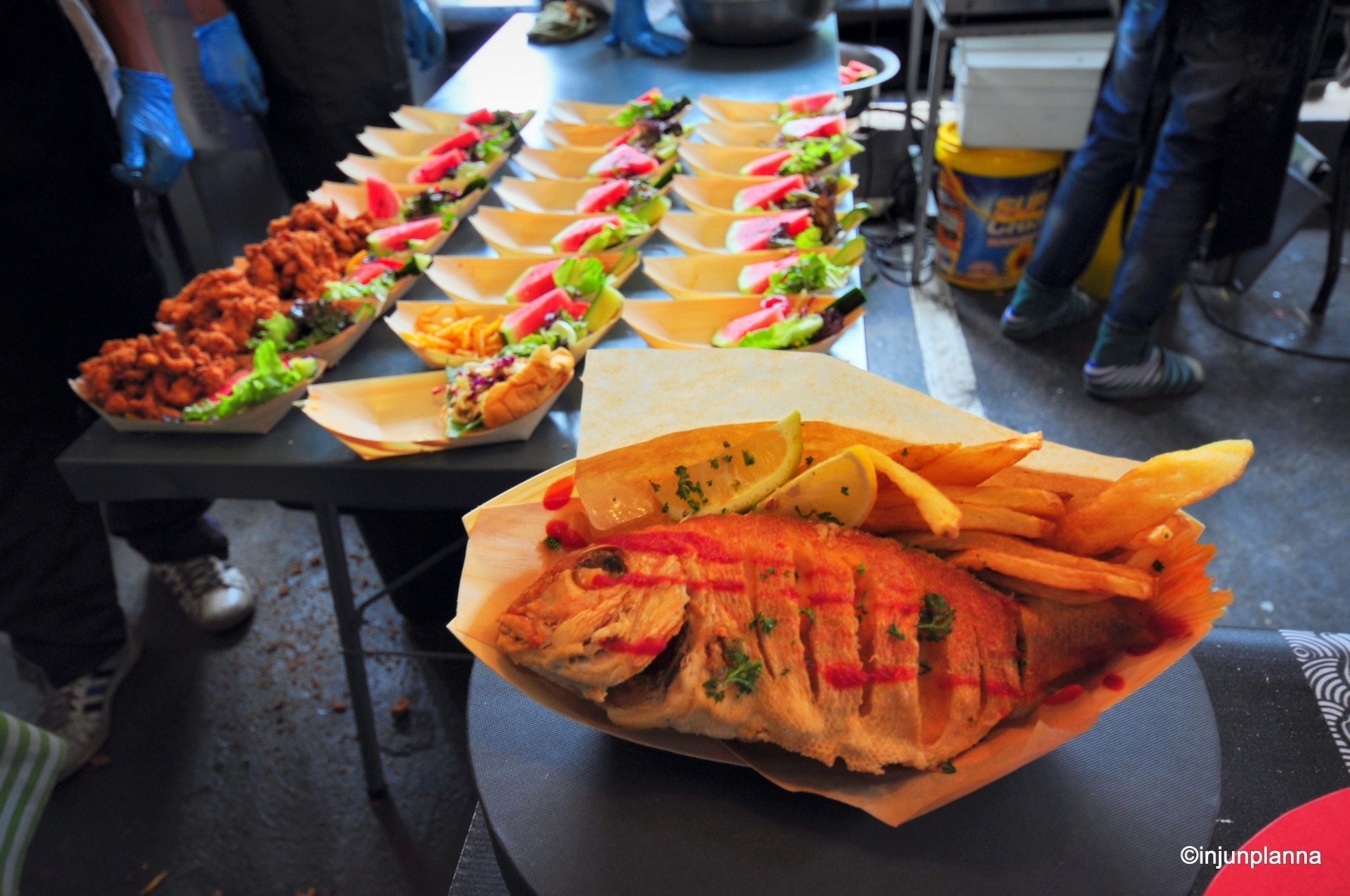
2. Dine around Durban
Whatever your taste or budget, Durban delivers. Something quick and cheap on the go? Duck into CaneCutter’s in Glenwood to try bunny chow - the city’s trademark take on a sandwich - a hollowed out half or quarter white loaf filled with curry, just one of the perks of Durban having the largest Indian population outside of India.
Want a long, relaxed Sunday brunch overlooking the Indian Ocean? Laid-back Durbanites head to Surf Riders Cafe at Addington Beach, which serves burgers, pastas and pizzas, and cocktails to complement the vibe.
How about an adventurous, seasonal menu served in a stylish, contemporary setting? Award-winning executive chef, Kayla-Ann Osborn works her art in the open-plan kitchen at The Chefs’ Table in upmarket Umhlanga Rocks, just a short skip from the sea. “What’s happening in the kitchen really creates the atmosphere in the restaurant,” explains Osborn. “Our menu changes every day, and we’re all about working with small-scale, organic, sustainable, free-range producers. We use whatever they drop off in the morning, and this makes our offering as diverse, fresh and unique as Durban itself.”
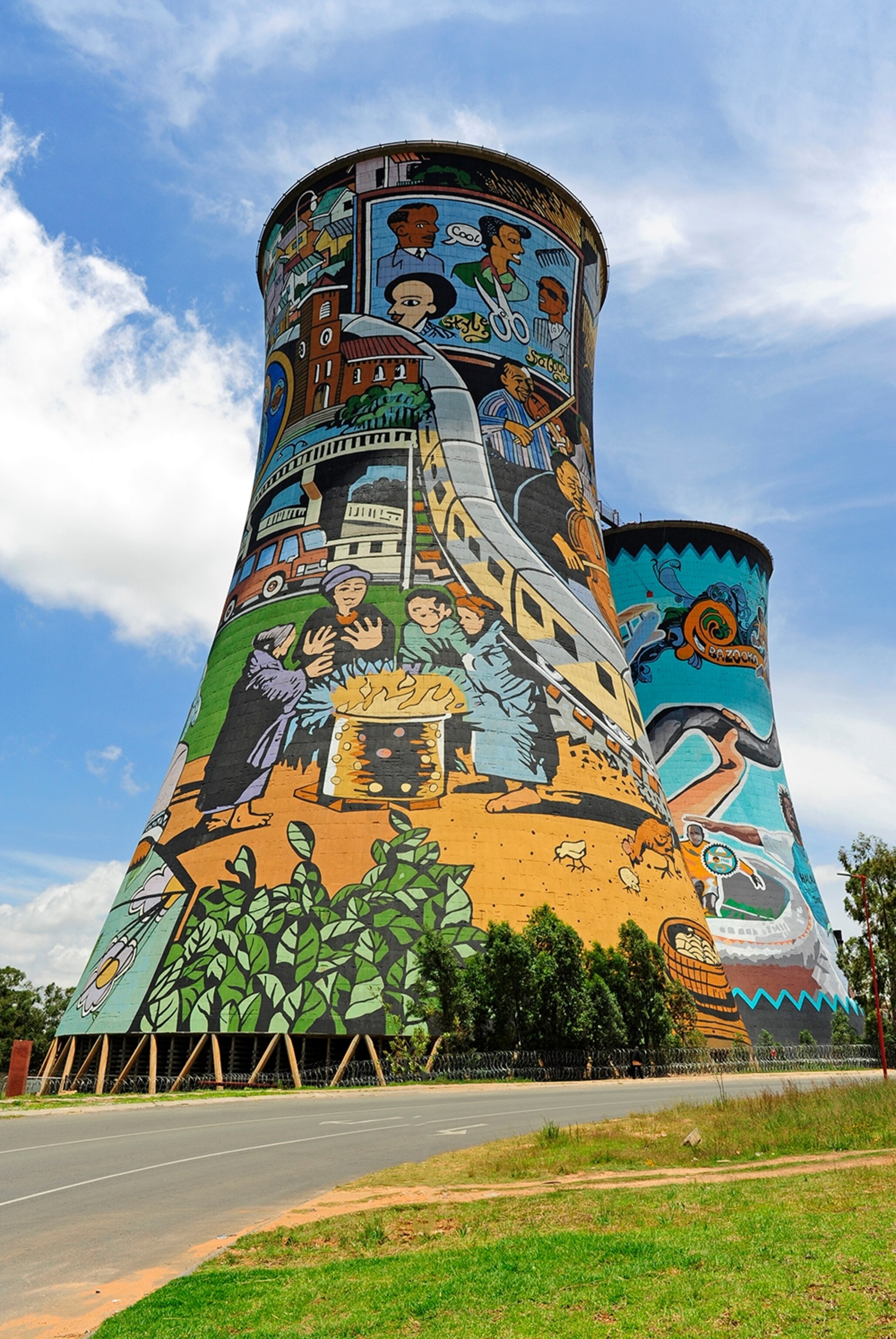
3. Take a leap of faith
South Africa’s mountain ranges and oceans are ripe for adventure, but thrill seekers will find plenty of urban highs here too. Just minutes after being harnessed to one of Fly Cape Town Paragliding’s pros atop Signal Hill or Lion’s Head, you’ll be swooping over the city, before coming gently down to land on the shores of the Atlantic.
“South Africans are a pretty active bunch,” says paragliding instructor and company owner, Stephan Kruger. “For many of us, the weekend’s all about being outdoors: hitting the beach, hiking, cycling or hurling ourselves off stuff – in a safe way, of course!”
Join them in Johannesburg, where Soweto Towers Vertical Adventure Center offers 300ft bungee jumps from a bridge connecting the township’s two iconic cooling stacks, while the Big Rush Big Swing - the world’s tallest rope swing - at Durban’s Moses Mabhida Stadium sees riders free fall 260ft into the stadium bowl.

4. Catch some culture on the Cape
Named World Design Capital in 2014, recent years have seen Cape Town pulse with the energy of young, talented artists, showcasing their work in neighborhood galleries and event spaces. The 2017 opening of The Zeitz Museum of Contemporary Art Africa (MOCAA) beneath one of the city’s most stylish hotels, The Silo, cemented the city’s place on the international art and design scene.
MOCAA occupies nine floors of a converted, historic grain store and holds the continent’s largest collection of contemporary African art. With 100 galleries, a sculpture garden and a soaring, cathedral-like atrium, it’s an impressive yet chilled space, showcasing work from artists including South Africa’s William Kentridge, Zanele Muholi and Athi-Patra Ruga. And while MOCAA’s gone straight to the top of international visitors’ and Capetonians’ cool-list, free entry for Africans citizens each Wednesday has ensured the gallery is accessible to all.
5. Hit the town in Johannesburg
Many of the city’s historic buildings are being imaginatively repurposed as industrial drinking dens and exciting entertainment venues, thanks to a number of regeneration initiatives happening across the city. The neighborhoods of Maboneng and Newtown are now magnets for hip Johannesburgers in search of music, craft beers and botanical gins, while near the city’s university, bohemian suburb Melville attracts a student crowd. The site of a former 1880s gold-mining camp in Ferreirasdorp has been reimagined as 1 Fox Precinct, offering live music and events, bars, restaurants, plus a craft distillery and brewery. Industrial 1930s buildings now house independent restaurants and bars around the leafy courtyard, fountain and arcades at 44 Stanley in Braamfontein, and a laundromat in Illovo provides the unlikely secret entrance to one of the city’s hottest speakeasies, J.Rabbit Tequileria, which serves South Africa’s biggest selection of premium tequila and mezcal.
6. Meet the makers
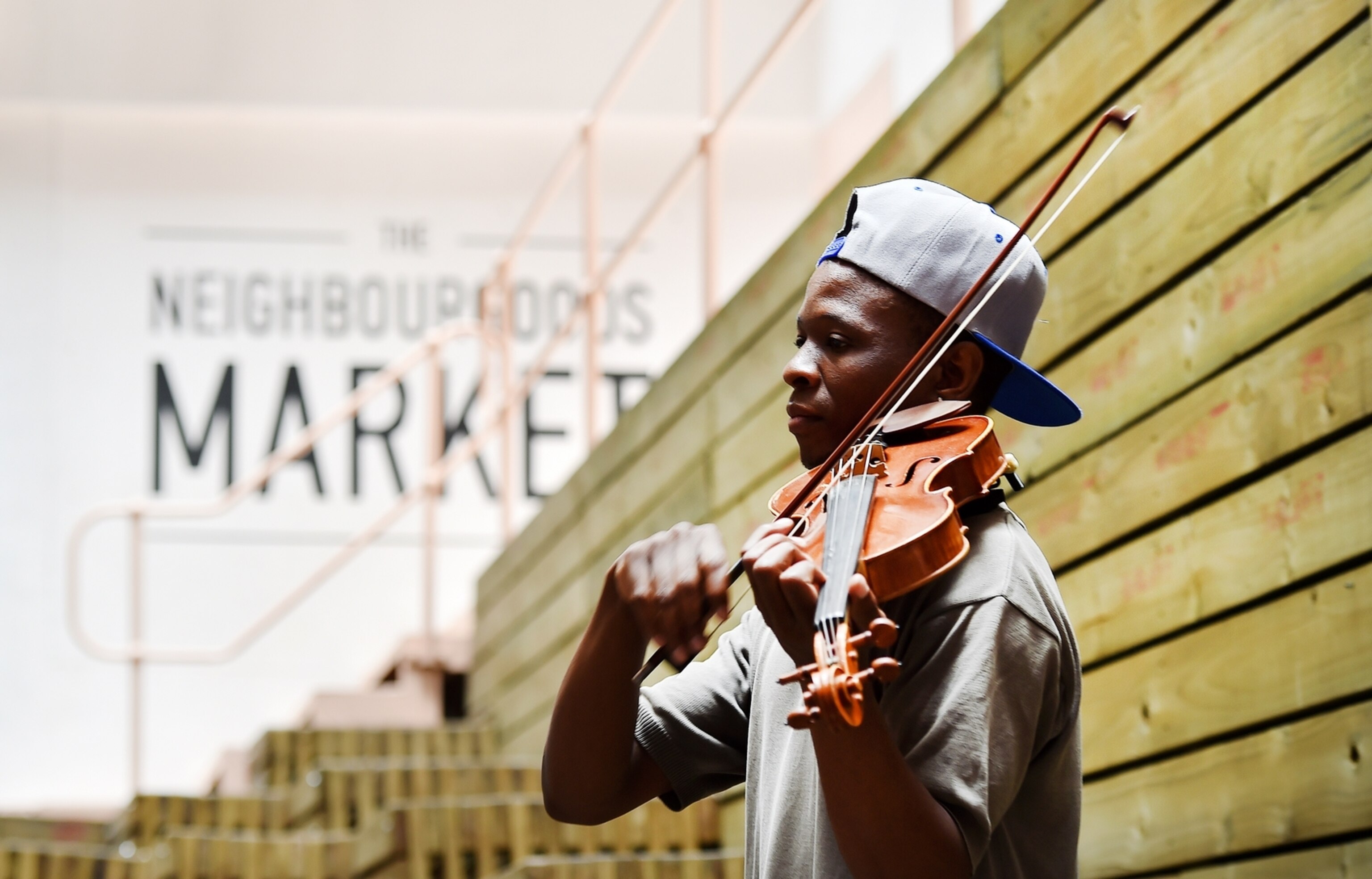
South Africans love a mall, with just under 2,000 shopping centers in the country offering everything from high-end fashion to the latest tech. But for a real glimpse of what the country’s artists and makers are up to, head to one of its city markets or art and design fairs.
Each Saturday, the hip Neighbourgoods Market brings color and creativity to The Old Biscuit Mill in Cape Town and Braamfontein in Johannesburg, with a diverse range of food and designer stalls, and live music to entertain while you browse. The township of Soweto in Johannesburg hosts an excellent monthly arts and crafts market, while Durban’s I Heart Market at the Moses Mabhida Stadium showcases jewelry, ceramics and vintage goods. The First Thursdays program offers the chance to visit a range of galleries and cultural attractions in Cape Town and Johannesburg for free until 9pm or later on the first Thursday of every month.
7. Get a local view of Soweto
As a former home of both Nelson Mandela and Bishop Desmond Tutu, Soweto was once the heart of political resistance in South Africa. But now, besides the Mandela House National Museum, blue plaques around the city remind us of its defining place in history. In Soweto you’ll still find traditional shebeens (a term brought over by Irish miners and traditionally used to describe unlicensed drinking houses), the former mining center offers eateries, nightclubs, a four-star hotel and homes on Airbnb.
Join a grassroots quad-bike tour with Soweto Outdoor Adventures to drive the township’s backstreets, meet locals, and eat traditional shisa nyama (barbecue). Festivals like the Soweto Festival of Wine, Food and Culture provide a unique opportunity to connect with this very special South African community.
8. Go global in Cape Town
For international dishes with a unique, South African spin, book a table at The Test Kitchen in Cape Town’s Old Biscuit Mill in Woodstock, where owner and chef, Luke Dale-Roberts, serves tantalizing small bites in The Dark Room and gives exceptional tasting menus the illumination they deserve in The Light Room. Boundary pushing Dale-Roberts is one of the most innovative chefs working on the continent today.
In Cape Town, you can eat your way around the globe, but when it comes to wine, there’s no need to stray further than the world-class vineyards of the Cape. The wineries of Stellenbosch, Constantia and Franschhoek produce award-winning bottles to savor in the city, or to sink in situ at the wineries on a lazy, sunny afternoon. Cheers.
Plan your South African adventure today. Discover more
